This summer, my fitness tracker is my go-to buddy. The one that I never knew I needed, but now can't leave home without.
What began as a simple way to log cardio minutes has evolved into something much more powerful. I now have a real-time, 360° view of my health. These sleek, data-packed devices are redefining how consumers, like me, engage with their well-being.
When it comes to wearable fitness trackers, understanding consumers’ needs and expectations is crucial for building loyalty in a very crowded space.
So, what’s driving purchase decisions for wearables in 2025?
The Top Features of the Must-Have Fitness Wearables
Today’s wearable fitness trackers deliver real-time insights on heart rate, GPS location, blood oxygen, recovery, and even stress, empowering users to train smarter, avoid injury, and optimize a holistic approach to their daily health.
Let’s break it down by the features that matter most and take a look at the brands that stand out.
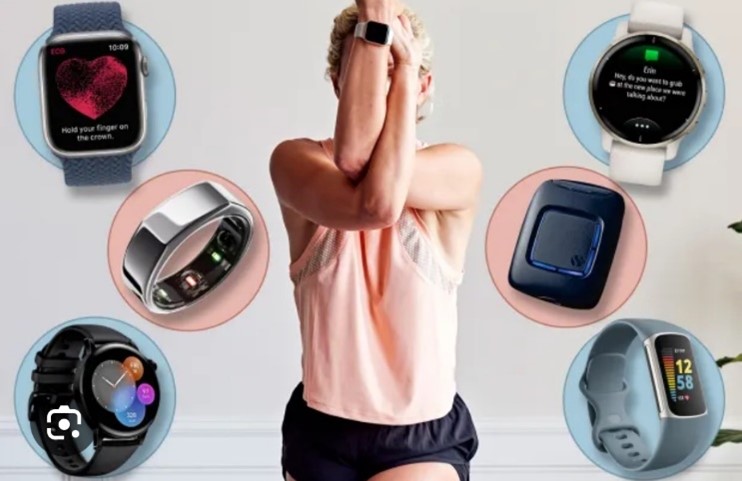
1. Accurate Health and Fitness Tracking: Consumers expect their devices to do more than just count steps. Heart rate monitoring, sleep tracking, blood oxygen, and even ECG readings are now becoming baseline expectations. In fact, 44% of users track their heart rate and 40% monitor sleep, while a growing segment uses wearables for blood pressure and advanced health metrics.
2. Battery Life: Long battery life remains a top priority, especially for those who want to wear their device 24/7 for sleep and recovery insights.
3. Ease of Use and Comfort: Consumers want devices that are simple to set up, easy to navigate, and comfortable enough to wear all day and night. Lightweight designs and intuitive interfaces are must-haves.
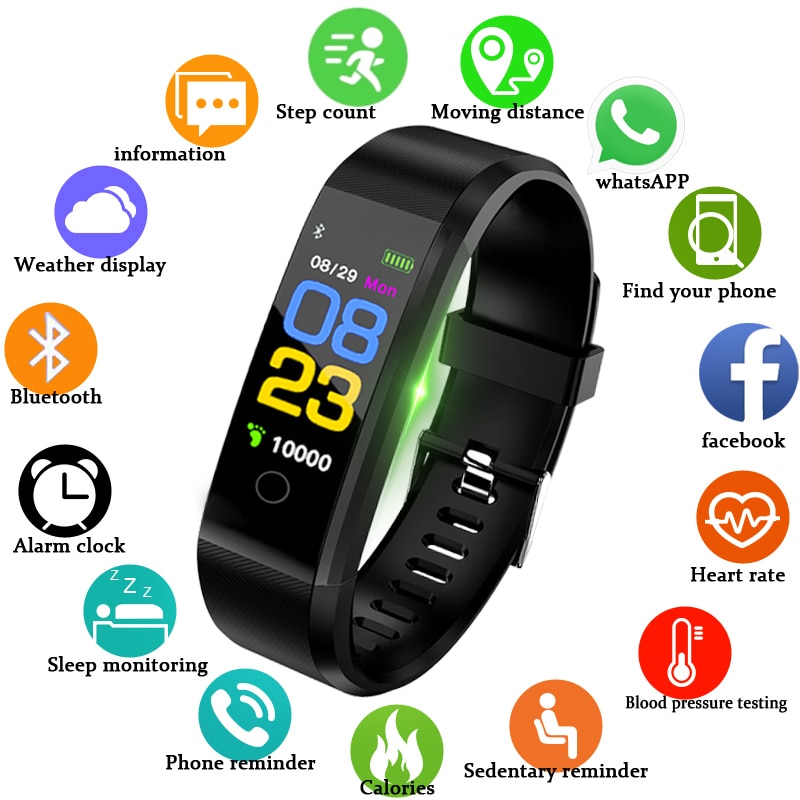
4. Integration and Compatibility: Seamless syncing with smartphones, gym equipment, and popular fitness apps. Consumers want their data wherever they are, on any device.
5. Data Richness and Insights: Users crave actionable insights—patterns in sleep, stress, and recovery, that help them make smarter health decisions. The more personalized and visual the data, the better.
6. Style and Discretion: Wearables are now fashion statements. Consumers want devices that look good, fit their style, and don’t scream “tech gadget.” Slimmer designs, premium materials, and even smart rings are on the rise.
7. Price and Value: While some consumers will pay for premium features, value remains a key driver. Devices that offer robust features at a reasonable price win out, especially with so many options flooding the market.
8. Privacy and Security: As wearables collect more sensitive health data, privacy and security concerns are growing. Transparent data policies and security features are becoming important differentiators.
Innovation That Stands Out
These highlighted brands offer a wide-range of wearable fitness trackers that accommodate various needs and lifestyles, here we’ve hand-picked 5 that are packed with features consumers love.
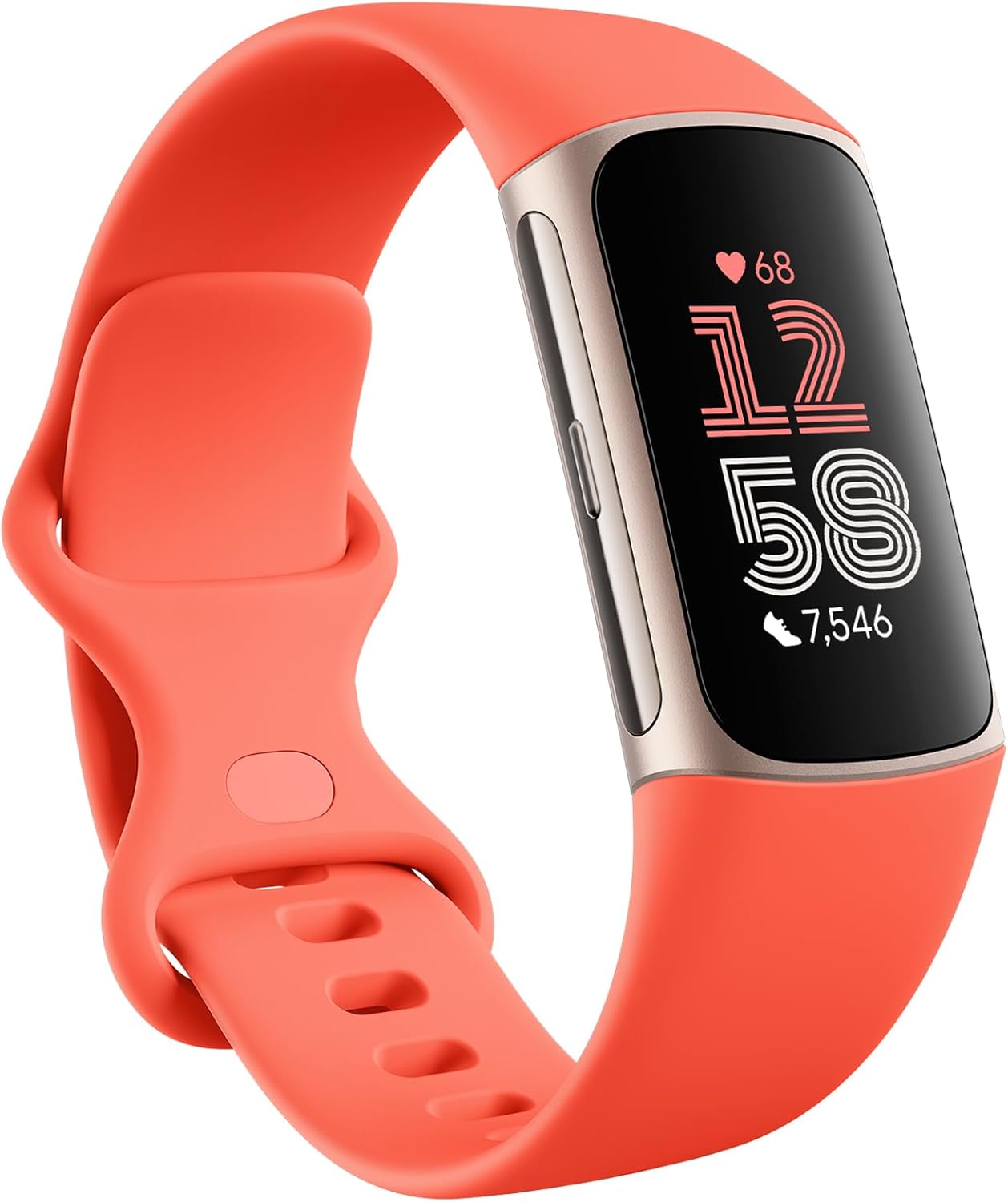
Fitbit Charge 6
• Why it stands out: For those who want robust tracking without the learning curve. It’s lightweight, easy to use, and offers accurate heart rate, sleep, and activity metrics. Built-in GPS and water resistance make it summer-ready.
• Outdoor edge: Supports 40+ sports modes, including hiking and biking, and syncs with Google Maps for navigation. The superior quality of the AMOLED display is easy to read even in bright sunlight, and the battery lasts up to a week.
• Brand insight: Its approachable design and seamless app integration are ideal for brands targeting beginners or those new to wearables.
Apple Watch Series 10
• Why it stands out: It is Apple’s thinnest watch yet with a sizable display screen. It introduces advanced health features such as sleep apnea detection and enhanced sleep tracking, alongside a Vitals app that consolidates key overnight health metrics. Finished with premium materials, the Series 10 combines durability, sophistication, and innovation in wearable technology.
• Outdoor edge: It comes equipped with the Oceanic+ app, which offers a water temperature sensor, depth gauge, and snorkeling features. The always-on altimeter, compass, and support for the Tides app (covering over 115,000 beaches and 5,000 surf spots globally) make it a powerful companion for runners, hikers, swimmers, and surfers.
• Brand insight: Its blend of breakthrough health features, distinct design and seamless iOS integration, appeals to those looking to add wellness tracking into their Apple ecosystem.
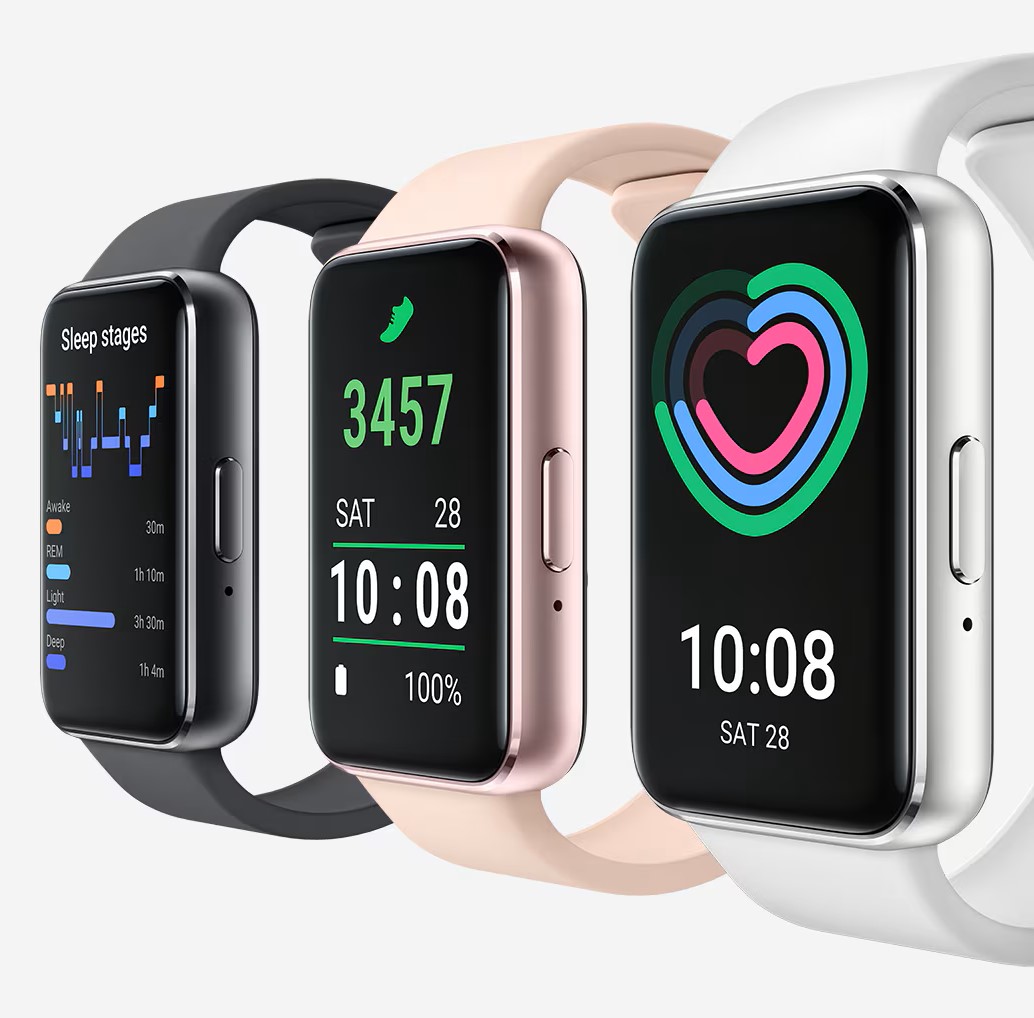
Samsung Galaxy Fit3
• Why it stands out: The Galaxy Fit3 is a lightweight fitness tracker that combines affordability with premium features, including a large 1.6-inch AMOLED display, accurate heart rate monitoring, and advanced tracking for over 100 workouts and daily activities. It also offers robust sleep and stress tracking, on-demand blood oxygen readings, fall detection, and a route tracker.
• Outdoor edge: Designed with durability for outdoor adventurers. Its long battery life means users can rely on it during extended excursions without frequent charging. The device consistently tracks health metrics like heart rate, calorie burn, and distance, keeping users informed and motivated during their outdoor activities.
• Brand insight: It is an accessible, feature-rich fitness companion for a wide audience, offering a balance between style, functionality, and value. The device is engineered to cater to both fitness enthusiasts and casual users, providing comprehensive health insights and connectivity without a premium price tag.
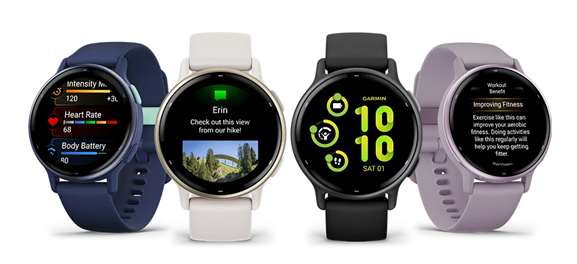
Garmin vívoactive 5
• Why it stands out: It’s a do-everything fitness tracker at a reasonable price, packed with Garmin’s best features. It tracks everything from heart rate and blood oxygen to advanced metrics like VO2 max, body battery, and hydration. Its robust activity profiles cover running, cycling, swimming, yoga, and even adaptive sport.
• Outdoor edge: Integrated GPS, weather updates, and a bright AMOLED touchscreen make it perfect for sunny runs or rides. The battery lasts over a week and even longer in smartwatch mode.
• Brand insights: Its versatility and inclusivity (including menstrual, pregnancy, and wheelchair tracking) make it a standout for brands serving diverse wellness communities.
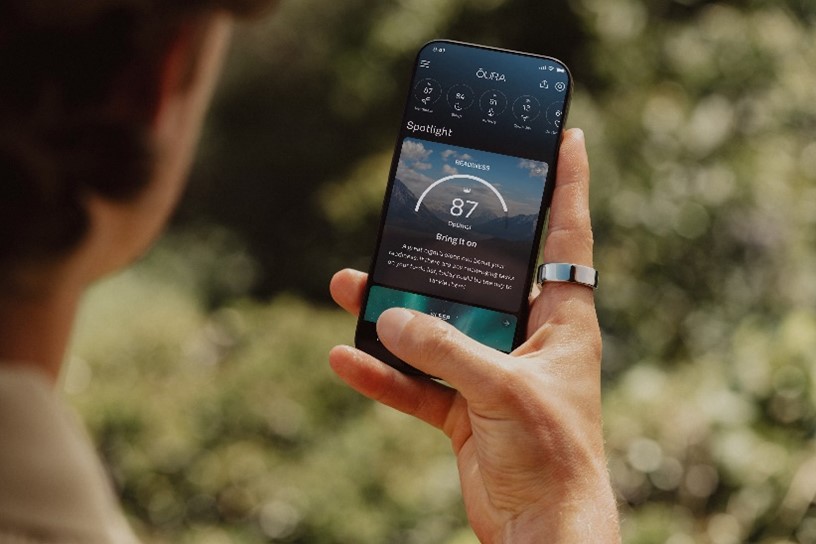
Oura Ring 4
• Why it stands out: For users who want holistic health insights without a wristband, the Oura Ring 4 delivers. It tracks sleep, readiness, and activity, and is comfortable enough for 24/7 wear.
• Outdoor edge: While not as detailed in workout tracking as wrist-based options, it’s waterproof, stylish, and offers a week of battery life, which is perfect for those who want to track recovery and stress alongside activity.
• Brand insight: Appeals to wellness-focused audiences interested in sleep, stress, and overall health, not just fitness.
What Does This Mean for Health and Wellness Brands?
By aligning your consumer messaging with the features and experiences that matter most, you can inspire trust and loyalty in a competitive market. The most successful health and wellness brands will be those that help consumers not just track their health, but truly enhance it, every day, any season.
At Compass Marketing, we see the merging of technology and wellness as a powerful force shaping consumer behavior and brand opportunity. The rise of wearables reflects a broader shift. Consumers now expect actionable insights, personalized experiences, and tools that support their holistic well-being at their finger tips.
Ready to elevate your brand’s strategy? Let’s connect.

Annette is skilled at identifying growth opportunities and successfully guiding products from concept to launch. At Compass, she advises leading brands and category disruptors in the health & wellness, personal care and digital health sectors.
See All Works